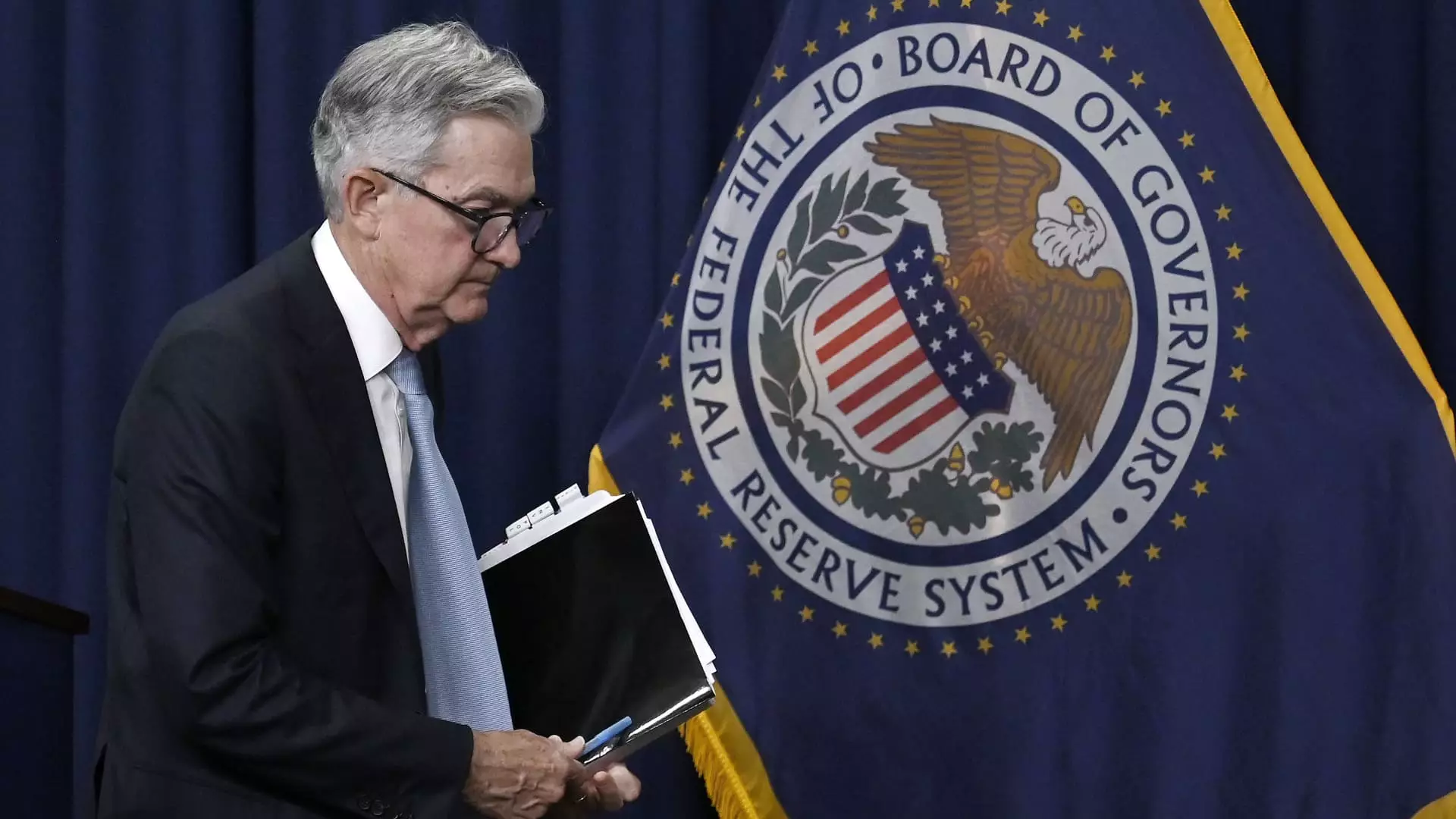In light of recent weaker-than-expected economic data, Claudia Sahm, chief economist at New Century Advisors, suggests that while an emergency rate cut by the U.S. Federal Reserve may not be necessary, a 50-basis-point cut could be justified. This comes at a time when the Fed is deliberately applying downward pressure on the U.S. economy through interest rates.
Importance of Preemptive Action
Sahm emphasizes the need for the Fed to proactively adjust its monetary policy to prevent a potential recession. She argues that waiting too long before implementing rate cuts could exacerbate economic challenges. Interest rate adjustments typically take a significant amount of time to have an impact on the broader economy, underscoring the importance of early intervention.
Sahm is renowned for introducing the Sahm rule, a tool used to identify the onset of a recession. According to this rule, the beginning stages of a recession are marked by a three-month moving average of the U.S. unemployment rate being at least half a percentage point higher than the 12-month low. This indicator has historically been a reliable signal of impending economic downturns.
Recession Fears and Market Response
Lower-than-anticipated manufacturing figures and higher-than-expected unemployment rates have intensified concerns about a potential recession. These factors triggered a sell-off in global markets earlier this week, reflecting the unease among investors. While Sahm does not believe that the U.S. economy is currently in a recession, she acknowledges the need for vigilance in monitoring economic indicators.
Sahm stresses the importance of labor market stability and sustained economic growth to avert a recession. She cautions that further deterioration in economic conditions could tip the economy into a recessionary phase. By promptly addressing key economic challenges through strategic rate cuts, policymakers can mitigate the risks of a prolonged economic downturn.
The need for proactive and decisive action by the Federal Reserve cannot be overstated in the current economic environment. As uncertainties persist and recessionary risks loom large, policymakers must act swiftly to support economic stability and mitigate the impact of external shocks. By adhering to the principles of the Sahm rule and staying attuned to key economic indicators, stakeholders can navigate the challenges ahead with greater resilience.

